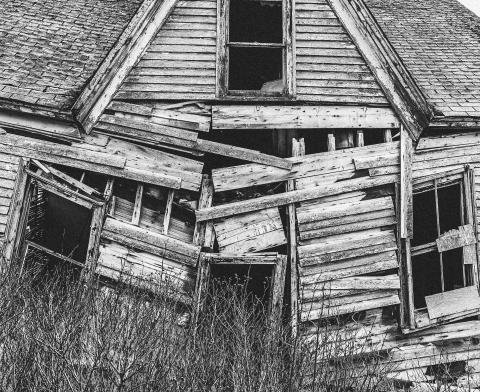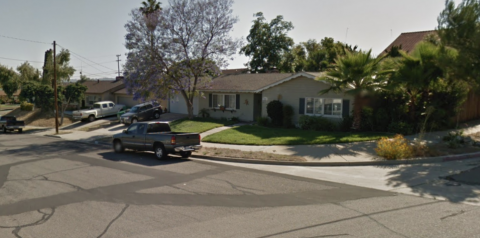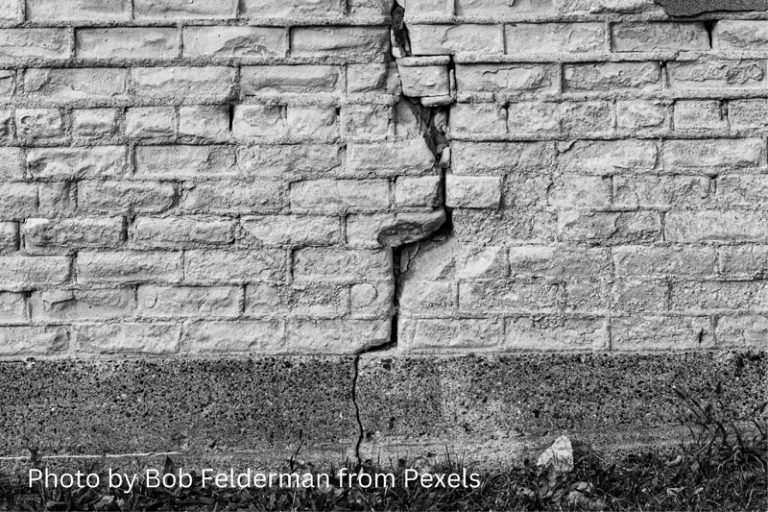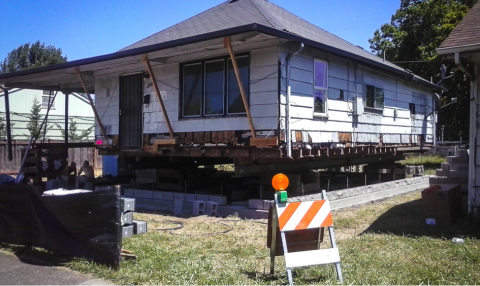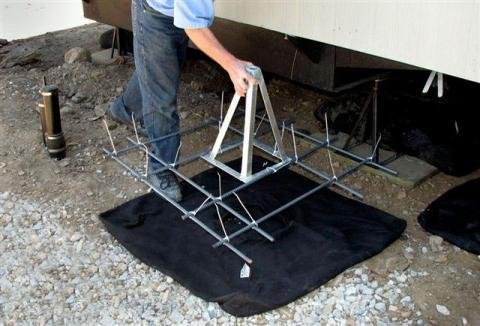What are the Physical Forces a Foundation Protects Against?
Most people understand that a foundation serves as the base of the home and allows the structure built on top to be stable. What many don’t realize is just how strong the physical forces are that a foundation has to protect the home from. To help you understand better the importance of your foundation, here we will explain the basics of those forces and give some real-world examples of how your foundation protects your home.
There are three main types of physical forces to consider. Tension, compression, and shear forces. Two other forces are combinations of those forces that create bending, and torsion (twisting).
Tension
Tension is two pulling forces that attempt to stretch an object or try to pull it apart. Think tug-of-war, or a car being towed. The most common cause of “tension” in a home is when soil begins to shift, attempting to pull part of the home away from the foundation. Space between the perimeter of the home and outdoor patios is a common sign this force is acting on the home. Cracks in the foundation can be another less obvious sign.
Soil often moves very slowly over time so you may find yourself only noticing the changes over long periods, but your foundation has been protecting your home from tension the whole time! If your foundation isn’t strong it may not be able to protect against tension forces, and serious damage can occur including broken doors, walls, windows, and more.
Compression
Compression is the opposite of tension. Compression is two pushing forces that attempt to squeeze an object and “compress” it. Think of a piece of wood in a vice, or pressing snow together to make a snowball. A practical example is the weight of the home which emits a compression force on the foundation.
Like tension, compression damage can be caused by soil, however in this case it usually is shifting towards the home, often through something like sinking. Compression however is far more common when a portion of the home begins failing causing other parts of the home to put compression force on the foundation. These can compound to cause even more problems. We’ll talk more about compression when we get to the 4th force, bending.
Shear
Shear forces are similar to the other two forces. A shear force is when two opposing forces push or pull apart from each other but are not directly opposed to each other. Think of scissors cutting a piece of paper. The forces are opposite, but next to each other. Not directly opposed. An example of shear stress (force) on a home would be the wind at the top pushing a home in one direction. Another example is when the soil around a home shifts unequally causing parallel opposite motion
Shear stress is one of the most common sources of damage to a home, and if the foundation is not strong enough, then other parts of the structure may begin to fail as well.
Bending and Torsion
The last two forces are bending and torsion (twisting). Bending is a combination of tension and compression. Torsion is a combination of shear forces that cause stress inside a material. Think of a beam or 2×4 being twisted and it’s easy enough to visualize.
Your home’s foundation has to protect against all these forces, and if even one part begins to fail it can make your home vulnerable to damage from all the rest. Shear stress can lead to partial failure that can lead to inability to support the weight of the home (compression) that can lead to sagging floors (bending) and so on. That’s why it’s so important to do regular foundation inspections and check for potential signs of damage.
If you see any signs of foundation damage be sure to call us here at Sure Safe. We’ll have a certified engineer come out to inspect your home, and if there are repairs needed we can make a city-certified plan to make your home strong again!

